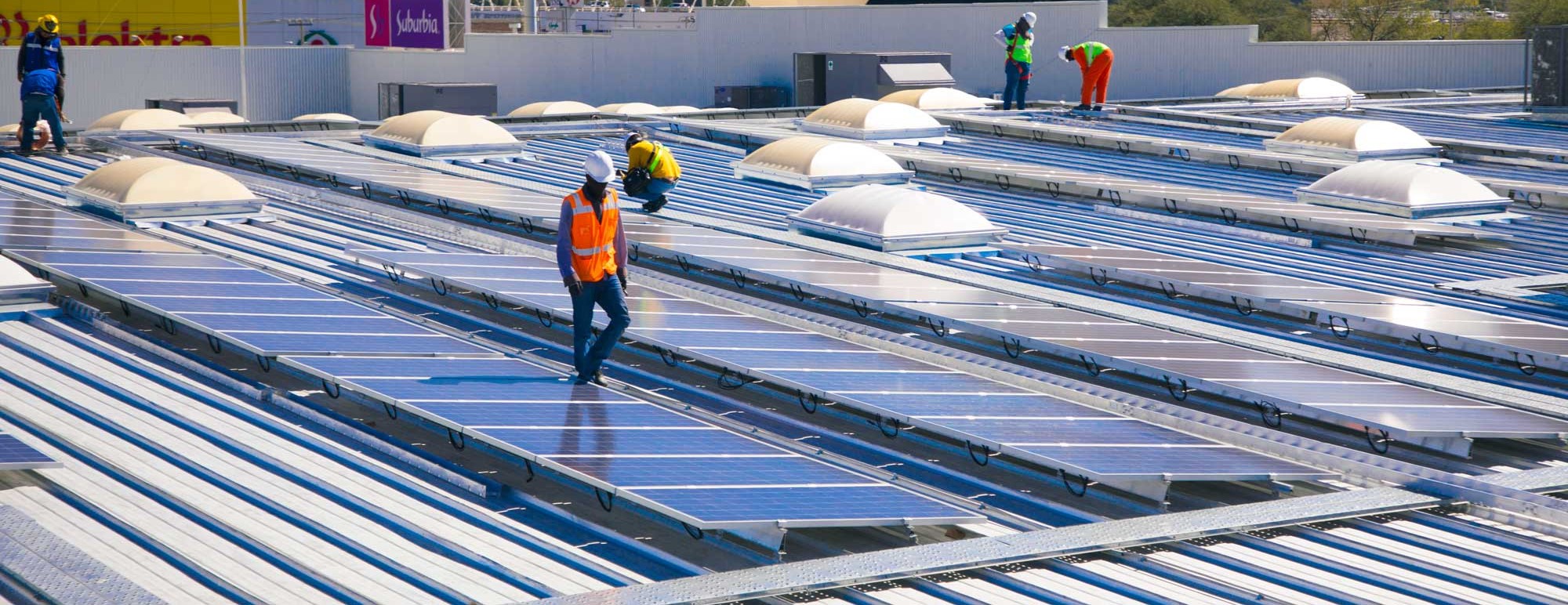


When it comes to material for making solar cells, silicon is the most bodacious of all the elements. Its market share is an excellent circa 97%1. If you want solar PV, there is next to no choice other than silicon. However, there is more than one type of silicon cell, which is fortunate for people who enjoy faffing about when deciding what to buy. Many people are aware silicon solar comes in a choice of two non-delicious flavours — monosilicon and polysilicon. Or monocrystalline silicon and polycrystalline silicon for people who totally have the time to pronounce the extra syllables. Monosilicon cells are more efficient, but polysilicon is cheaper. The battle between photonic and economic efficiency has roughly split world production between the two. But there is another choice very few people are aware they are making, but it occurs when they select high end, high efficiency, solar panels that use N-type solar cells over panels that use the much more common, but lower efficiency, P-type solar cells. If you are wondering what the differences between P-type and N-type solar cells are, that’s a really most excellent occurrence, because that’s what this article is all about. A conventional crystalline silicon (c-Si) solar cell is a silicon wafer doped with various chemicals to encourage power production. The main difference between p-type and n-type solar cells is the number of electrons. A p-type cell usually dopes its silicon wafer with boron, which has one less electron than silicon (making the cell positively charged). An n-type cell is doped with phosphorus, which has one more electron than silicon (making the cell negatively charged). On June, FutureSolar Group launches it's newest N-type solar module which reaches to a 24.13% efficiency.
The FUTURESOLAR panels use the came 210 mm silicon wafers, what this results in is a 500W module that comes in just slightly larger than 72-cell designs with 156.75 mm wafers. For applications where you have a lot of area, particularly commercial and especially utility-scale, it’s really significant. You could just use fewer modules, it reduces handling costs and overall balance-of-system costs go down. If there are less modules needed to reach the capacity specifications of a project, that means overall project costs will go down as these modules become economically viable. A significant area that will see cost reduction will come from the racking and trackers. “It’s going to drive down the cost of racks and trackers per watt,” said Nicholas, head of technology at FUTURESOLAR, an U.S branded solar panels manufacturer. What can you do with higher watt FUTURESOLAR panels? Higher wattage panels open up a lot of possibilities. If you are space-constrained on your roof, installing more efficient and powerful solar panels can help you come closer to offsetting your electricity usage with your solar installation.
Categories
New Products
FutureSolar Rack Battery 51.2V 150Ah 7.68Wh LiFePO4 Energy Storage Battery System Read More
XBC Solar Panel N-type 465W ABC Full Black PV Module Read More
China Factory Supply PV Module Full Black 390W 400W 410W Shingled Solar Panels Read More
Futuresolar 120 cell 320w-380w mono PERC high efficiency solar cell panel Read More
Futuresolar Tier 1 vertical double sided bifacial solar panels 350W-380W Read More
Bifacial double glass half-cell photovoltaic module 410w-450w Read More
Half cell 400w-455w perc high efficiency solar panels without anti dumping taxes Read More
© Copyright: 2025 FUTURESOLAR GROUP CO LTD. All Rights Reserved.

IPv6 network supported
Friendly Links :
Grdmount SUNPLUS Sendsheensolar Solar Mounting Bracket Higonsolar Sunevosolar Unitedpvsolar